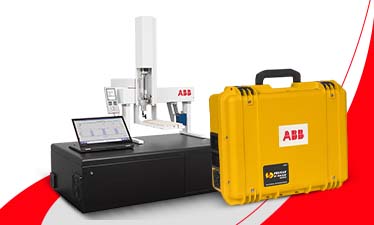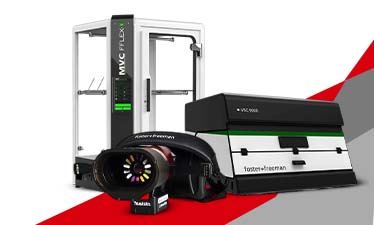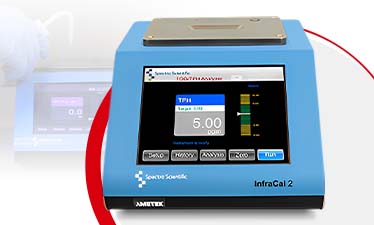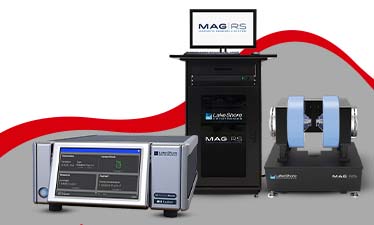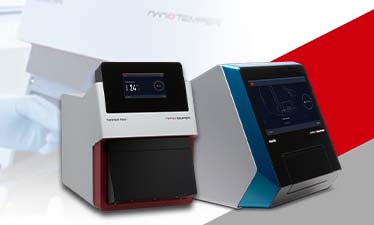4 Common Autoclave Issues You Need to Watch Out For
Laboratory autoclaves would work exactly as they are intended to. At least, that is what we can expect in an ideal world, right? Well, no matter how high-end the product is, at one point they can encounter issues.
But knowing about these issues beforehand will help you watch out for indications. That will ultimately guide you in responding to the issues on time and even prevent them from happening in the first place.
So, what are you waiting for? Keep reading till the end to learn more about common autoclave issues.
- Load is damaged by the autoclave
There are a handful of ways in which the load can be damaged by an autoclave. Firstly, it can be melting, since autoclaves operate at extremely high temperatures - the temperatures can cause materials to melt, for example, plastic.
Hence, it is essential to keep in mind that any item that is being loaded into the sterilizer is autoclave-safe. A melted load can severely damage the sterilizer so it is important to train the autoclave user to be alert about what they load in the equipment.
- The sterilizer not reaching the set-point temperature
Autoclave users have the access to customize the sterilization cycles depending on a number of parameters that includes sterilization temperatures. If the autoclave is unable to reach the predetermined temperature in time, then it will either sound an alarm or completely abort the cycle.
Now, there are few reasons why autoclaves might not be able to reach the temperature in time. For instance, perhaps the steam generator’s power source may not be turned on.
Other reasons might be that the steam generator requires repairing. Or there can be the issue of clogging in the chamber drain that can prevent air from escaping from the chamber and steam from reaching the ideal temperature and pressure.
- The load is wet even after the end of sterilization cycle
This issue usually occurs when the user loads any porous goods such as paper or cloth simultaneously. It can lead them to act like a sponge and result in retaining water.
In order to avoid such issues in the future, the user can adopt a loading style that spaces out goods such as a cart-&-carriage or rack arrangement. Another option is that you can go for autoclaves that come equipped with vacuum capability that helps in drying goods at the very end of the cycle.
- Goods are not even sterilized
Improper sterilization of goods causes contamination, media growth or a biological indicator failure. The reason behind why the sterilizer may not sterilize that load can be many.
For example, incorrect loading, component failure, wrong cycle type selection, steam dryness, user error, insufficient steam, etc. The best way to make sure proper sterilization is to validate the autoclave is using a biological indicator.
If you are looking for any autoclave solution or are already using one, then make sure to keep in mind and watch out for these common issues.




